Newly-designed 3D-printed fractal receivers absorb sunlight more efficiently
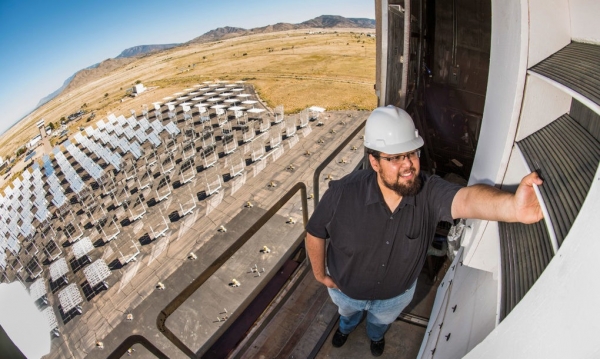
A New-Mexico-based company has developed receivers for small- to medium-scale use that are as much as 20% better at absorbing light than current technology
A New-Mexico-based company has developed receivers for small- to medium-scale use that are as much as 20% better at absorbing light than current technology
Concentrating solar power (CSP) plants, using massive arrays of mirrors (heliostats) to reflect sunlight onto receivers, are in most cases large facilities built across desert landscapes. Now, engineers from Sandia National Laboratories have figured out how to downsize such facilities, by designing a new receiver that can absorb greater amounts of sunlight than today’s technology.
Traditional receiver panels are made up of tubes arranged in flat panels or cylinders, but can absorb only 80-90% of light directed towards them. To boost receiver efficiency, the engineers came up with a fractal shape to capture more of the incoming sunlight (previous research has just focused on special coatings applied to the receiver). “When light is reflected off a flat surface, it’s goneâ€, says Cliff Ho, a mechanical engineer at Sandia. “On a flat receiver design, 5% or more of the concentrated sunlight reflects away. So we configured the panels of tubes in a radial or louvered pattern that traps the light at different scales. We wanted the light to reflect, and then reflect again toward the interior of the receiver and get absorbed, sort of like the walls of a sound-proof room.â€
The receivers, 3D-printed with a high-temperature nickel alloy named Iconel 718, were tested at the National Solar Thermal Test Facility (NSTTF), the only test facility of this type in the US. 3D printing allowed the team to test several fractal designs in an economical manner this way, finding those that work best for each application. According to Ho, it would have been difficult to create the complex geometries with casting, welding, or extrusion.
The receivers were designed and studied as part of a laboratory-directed Reseach and Development project and have also been included to the Solar Energy Research Institute for India and the United States (SERIIUS) project. SERIIUS is a five-year project co-led by the governments of the two countries that focuses on cost-effective solar power technology by addressing the barriers and challenges of each market. Sandia has led the group’s research in concentrating solar power, with an emphasis in scalable systems.
Source: Sandia Labs
Source: Sandia Labs
Want to read more like this story?
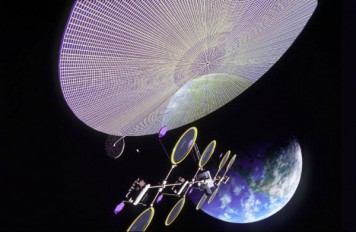
How about space-based solar panels?
Apr, 19, 2018 | NewsThe concept was theorized over half a decade ago, as space-based solar arrays would be illuminated 2...
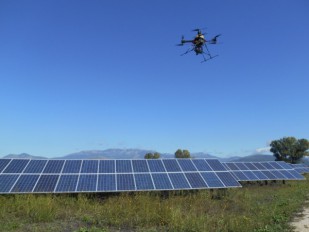
Drones may help in designing future solar farms
Apr, 18, 2017 | NewsThey can get the job done more quickly and efficiently, while reducing the costs involved They ca...
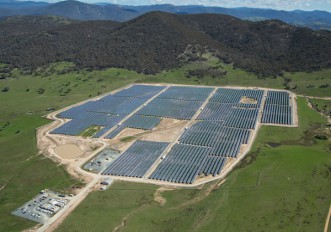
2016 was a milestone for large-scale solar energy projects in Australia
May, 15, 2017 | NewsWind power has also gained ground in the country as its cost has fallen Wind power has also gaine...
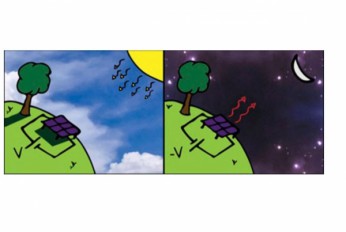
Scientists develop solar panels that can produce energy during the night
Nov, 15, 2019 | NewsScientists from the University of California, Davis, have developed new solar panels that can genera...

Paving the way to the future
Feb, 17, 2016 | NewsFrance is the first country to install solar panels onto 1000km of public roads The French govern...
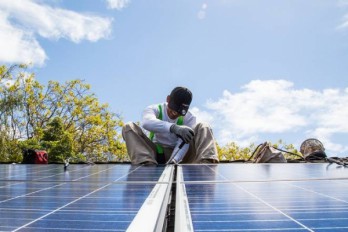
Domestic Solar Panels With The Highest Efficiency In The World
Oct, 07, 2015 | NewsThe American company SolarCity revealed a new solar panel which is described as "the most efficient"...
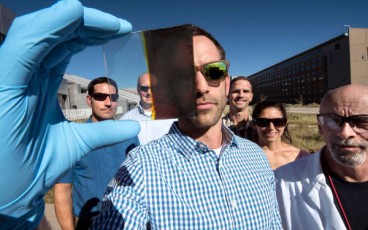
New thermochromic windows that function as photovoltaics have been developed
Jan, 05, 2018 | NewsThese photovoltaic windows were an accidental discovery at the National Renewable Energy Laboratory...
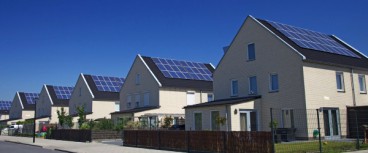
Things to consider when going solar...
Aug, 04, 2016 | NewsReview these prerequisites before time, to make the installation process run much smoother Review...
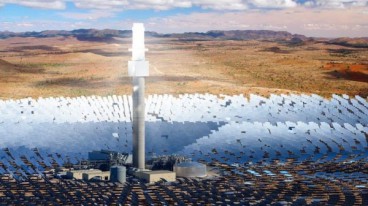
World’s largest single-tower solar thermal power plant to be built in South Australia
Sep, 14, 2017 | NewsThe massive AUD $650 million installation will have a proposed output of 150 MW The massive AUD $65...
Trending
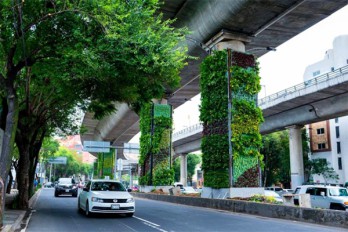
Vertical gardens in Mexico City to combat pollution
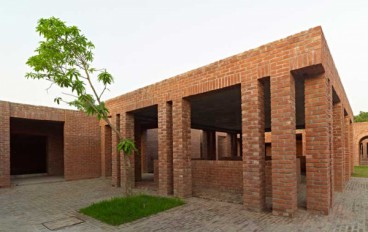
Characteristics of Load Bearing Masonry Construction
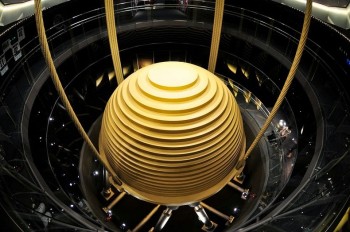
Taipei 101’s impressive tuned mass damper
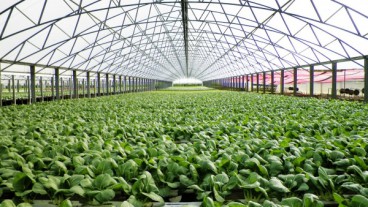
Dutch greenhouses have revolutionized modern farming
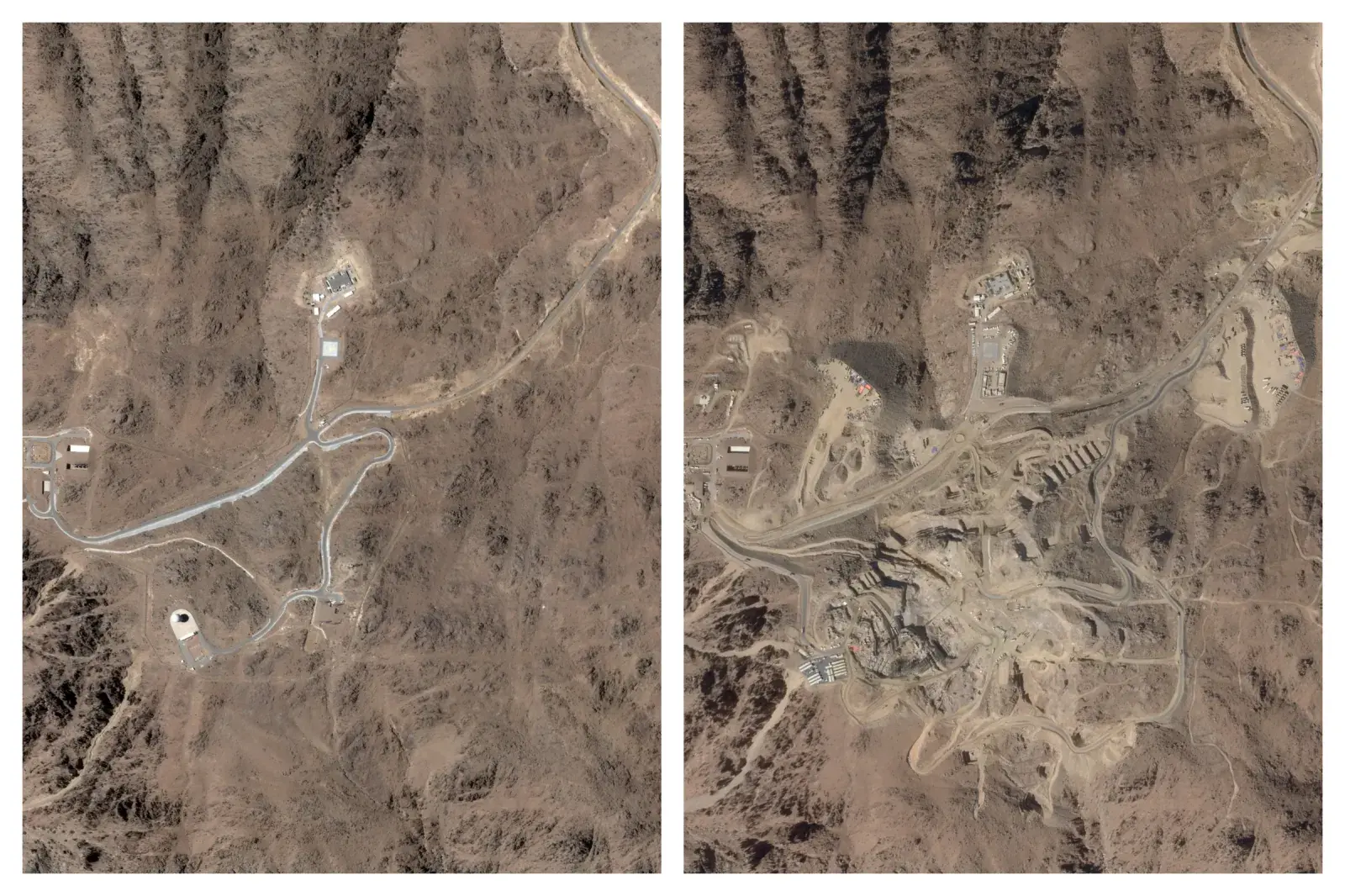
The Line at Neom faces feasibility reassessment while construction continues

The Line at Neom faces feasibility reassessment while construction continues

King Salman Gate unveiled adjacent to Mecca’s Grand Mosque

